Alicja Karlic
Does the memory of September 17, 1939, function as a moral compass for the Polish diaspora in Michigan?
This date should be for us not only a reminder of the wrongs inflicted on the Polish nation, but an act of resistance to forgetting, indifference, and historical compromise.
Emigration communities organize anniversary masses, exhibitions, publications, and meetings that prevent this date from disappearing from the calendar of remembrance. The memory of September 17, 1939, is not only a tribute to the victims but also a reminder of the responsibility for historical truth.
September 17, 1939, is not just a date in a history book. It is a day etched in the hearts and stories of many of our families – as a symbol of betrayal, division, and exile.
On September 17, 1939, the Soviet Union launched an armed attack on Poland, thereby violating applicable treaties and the principles of international law. This act of aggression was an implementation of the secret protocol of the Molotov-Ribbentrop Pact, which stipulated the division of Polish territory between the Third Reich and the USSR.
I still remember my grandparents recounting with horror what the Soviets did after they entered Poland. Robbery, assaults, and theft were commonplace. Soldiers raped women, entered homes, took all supplies from pantries, and killed domestic animals. Some felt that many Red Army soldiers were seeing the “civilized world” for the first time. Special units of the NKVD followed the Red Army.
The mass murder of civilians and soldiers began. Thousands were sent to gulags deep within the USSR. Production equipment from industrial plants, locomotives, wagons, cars, and even livestock were taken to the Soviet Union. Hundreds of thousands of documents, books, and works of art were stolen (or destroyed) from museums, archives, and libraries. The liquidation of churches, which were converted into warehouses and cinemas, also began.
Between 1939 and 1945, the Soviets deported nearly 1.5 million Poles deep into the USSR. Of the almost 250,000 captured soldiers, approximately 23,000 officers and policemen were executed in Katyn, Kharkov, and Tver. Thousands were murdered in unclear circumstances. The fate of thousands more remains unknown to this day.
Soon after the Red Army crossed the eastern border of the Second Polish Republic, hundreds of thousands of Poles began their journey through “an inhuman land.” Freight cars, Siberia, Kazakhstan—these are not just places, but landscapes of memory.
In Poland, official commemoration of the victims of NKVD crimes became possible only after the political transformation of 1989. Since then, thousands of monuments and plaques have been erected. Thousands of oak trees have been planted as part of the “Katyń… Saved from Oblivion” program.



I remember how every year after Mass, we gathered at the Katyn monument (sculpture) in Orchard Lake Schools. It is a small memorial dedicated to the victims of the Katyn massacre.
The commemoration of the Katyn massacre was initiated by the then-chancellor of the Orchard Lake Schools, Father Timothy Whalen. The sculpture was created by Marian Owczarski, a Polish sculptor and conservator, who died on April 15, 2010, in Orchard Lake, where he spent many years.
On August 31, 2010, the sculpture was blessed by Cardinal Józef Glemp. The main element is an expressive sculpture with dramatic mask motifs, crafted using stainless steel metalwork, mounted on a stone plinth bearing the inscription KATYŃ 1940.
In our Polish community, the memory of September 17 serves as a moral witness. It’s not about cultivating pain, but about responsibility for the truth. It’s about ensuring that future generations know that history isn’t always just, but that it can be told honestly. That community can be built not on myths, but on testimonies.
Today, when the world increasingly forgets that freedom isn’t granted once and for all, our memory becomes an act of resistance. Not against anyone, but in the name of something: dignity, truth, community.
May September 17 be not only a day of remembrance, but also a day of commitment – so that, as a diaspora, we not only remember but also speak. With courage. With respect. With love for those who have passed away and a responsibility to the next generation.
Photo: Soviet-infantry-columns-entering-Poland-September-17, 1939-Wikimedia.jpeg
Photos: Katyn monument (sculpture) in Orchard Lake by Alicja Karlic
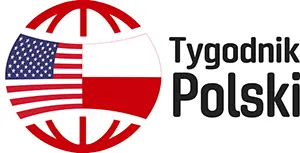


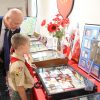

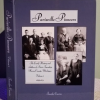

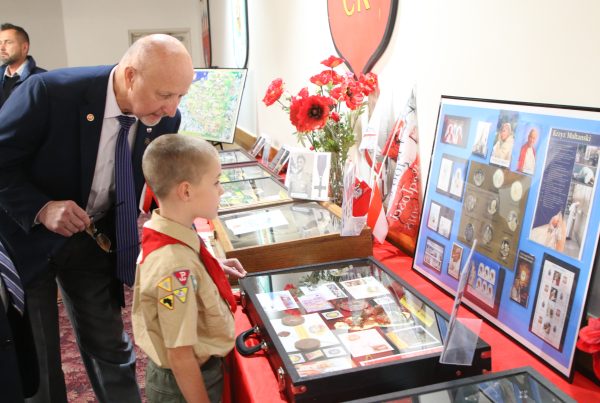
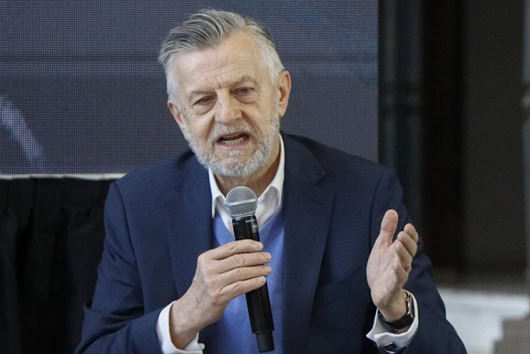

Love the memories of my childhood. I was baptized and attended grade school (grade (1- 8 ) at this magnificent Gothic church and celebrated my Holy Communion, and Marriage .
Some of my dearest friends were from The Guardian Angle Home for girls located across the street. My Aunt’s , Sister Albertina, and Sister Stevens were assigned there for a few years.Thank you for sharing and
I pray that the efforts of those still residing in Michigan and provide for the upkeep and restorations will be blessed by God,